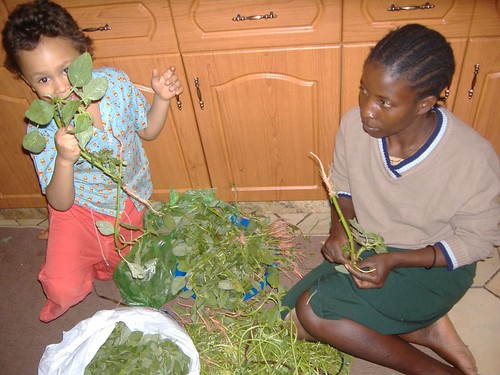I’ve been meaning to post a link to Eric Hansen’s entertaining “In Search of Ibn Battuta’s Melon” for ages. Published in 2015 in AramcoWorld, its title says it all. Intrigued by a wonderful, and wonderfully expensive, Mirza melon from California, Hansen recalls the following passage from the celebrated Moroccan traveller, and resolves to find the melons in question — “the best of all dried fruit” no less — in their native Uzbekistan.
There are no melons like Khorezmian melons maybe with the exception of Bukharian ones, and the third best are Isfahan melons. Their peels are green, and the flesh is red, of extreme sweetness and firm texture. Surprisingly, they cut melons into slices, dry them in the sun, put them into reed baskets as it is done with Malaga figs, and take them from Khorezm to the remote cities in India and China to sell. They are the best of all dried fruit.
Needless to say, he finds them, or something that he decides is much like them, though he also comes to see the pointlessness of the quest.
In the closing hours of my quest, I realized that over the 681 years since Ibn Battuta’s visit to Khorezm, Uzbek farmers had been hard at work perfecting the art of melon breeding and growing. By saving old local melon seeds, creating and improving new varieties and passing down specialized horticultural practices according to regional water quality, soil types and climatic conditions, they had no doubt improved the disease resistance, shelf life, yield, texture, degree of sweetness and complexity of flavors of melons throughout the different growing areas. And then there was the issue of random variations due to natural hybridization in the melon fields to consider. With all of these factors in mind, it would not be surprising—even likely—that Ibn Battuta’s melon had evolved into something quite different, disappeared entirely, or simply fallen out of favor because other, more recent varieties were better.
Hansen has helpful guides in Uzbekistan, not least the authors of the book Melons of Uzbekistan. He doesn’t however, link to the book, which is available online. I’m happy to rectify that oversight here.
